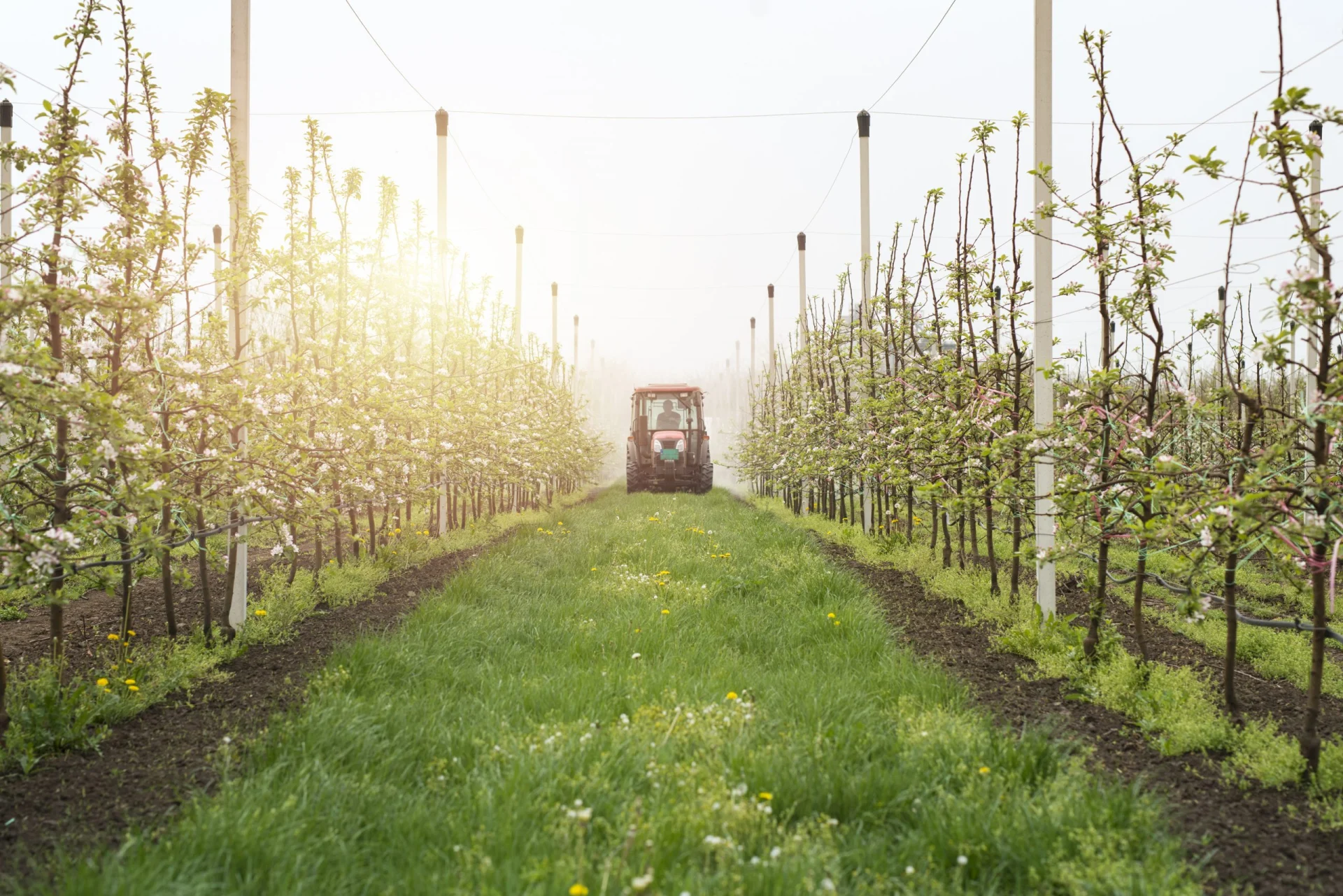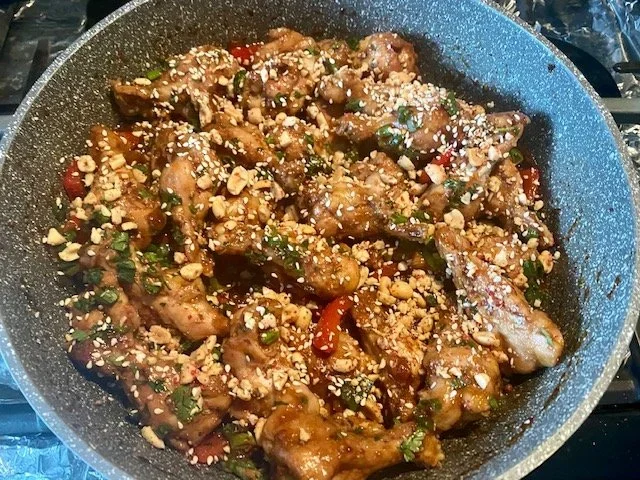Every year, Pesticide Action Network UK or PAN-UK for short publishes a list of the dirtiest fruits and vegetables. By dirty, they mean the ones most laced with pesticides.
Pesticides are a large group of synthetic chemicals which poison and kill their target recipient. Herbicides kill weeds, insecticides kill insects, fungicides kill fungus, rodenticides kill rodents and so on. Pesticides are made of active ingredients which target the pest and inert ingredients. Manufacturers of pesticides do not have to disclose their inert ingredients list however it can include a multitude of chemicals including solvents, emulsifiers, aerosols, dyes, fragrances amongst many other things.
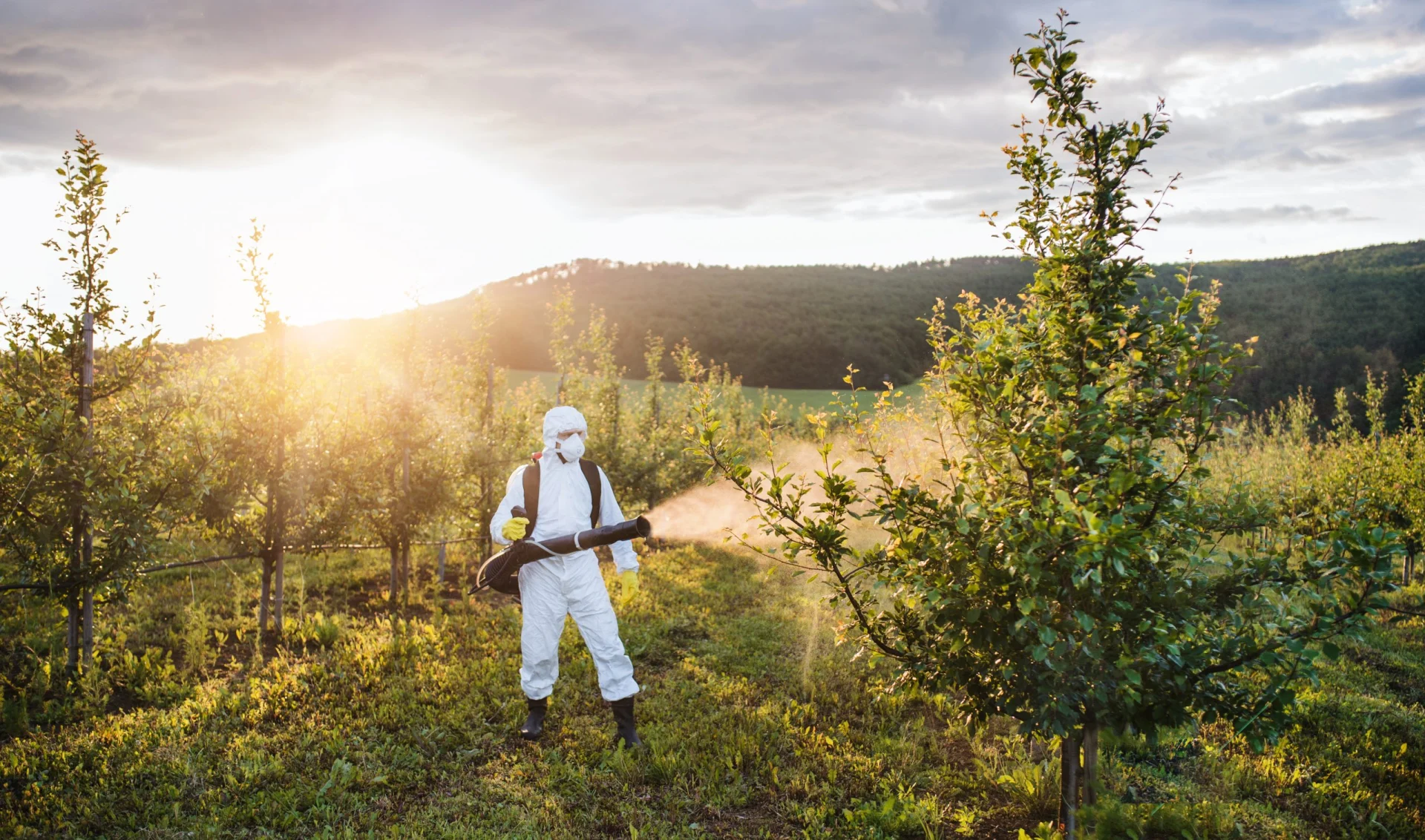
Pesticides have been used for centuries however the recent ones have been shown to be harmful to both the natural environment and living creatures including humans. The World Health Organisation estimates that over 350,000 people a year die from acute pesticide poisoning and predicts that over 750,000 suffer from the effects of pesticides in the form of chronic illness and cancers in the developing world alone.
People most susceptible to pesticide poisoning would be farmers and their families plus those who live in rural areas where pesticides are sprayed. However, those living in urban areas can also come into contact with them as they are commonly used in streets, parks and gardens.
Young children and pregnant women are most susceptible to the harms of pesticides and are recommended to eat organic where possible. Unfortunately, organic food is expensive and often inaccessible to most. This is where the Dirty Dozen and Clean Fifteen lists can come in handy.
The Dirty Dozen are a list of 12 food items which absorb and retain THE MOST pesticides. Where possible, it is best to buy these as organic or avoid them totally. The Clean Fifteen are 15 food items which have no pesticide residue on their skin or within and so can be brought from the non-organic section of the market.
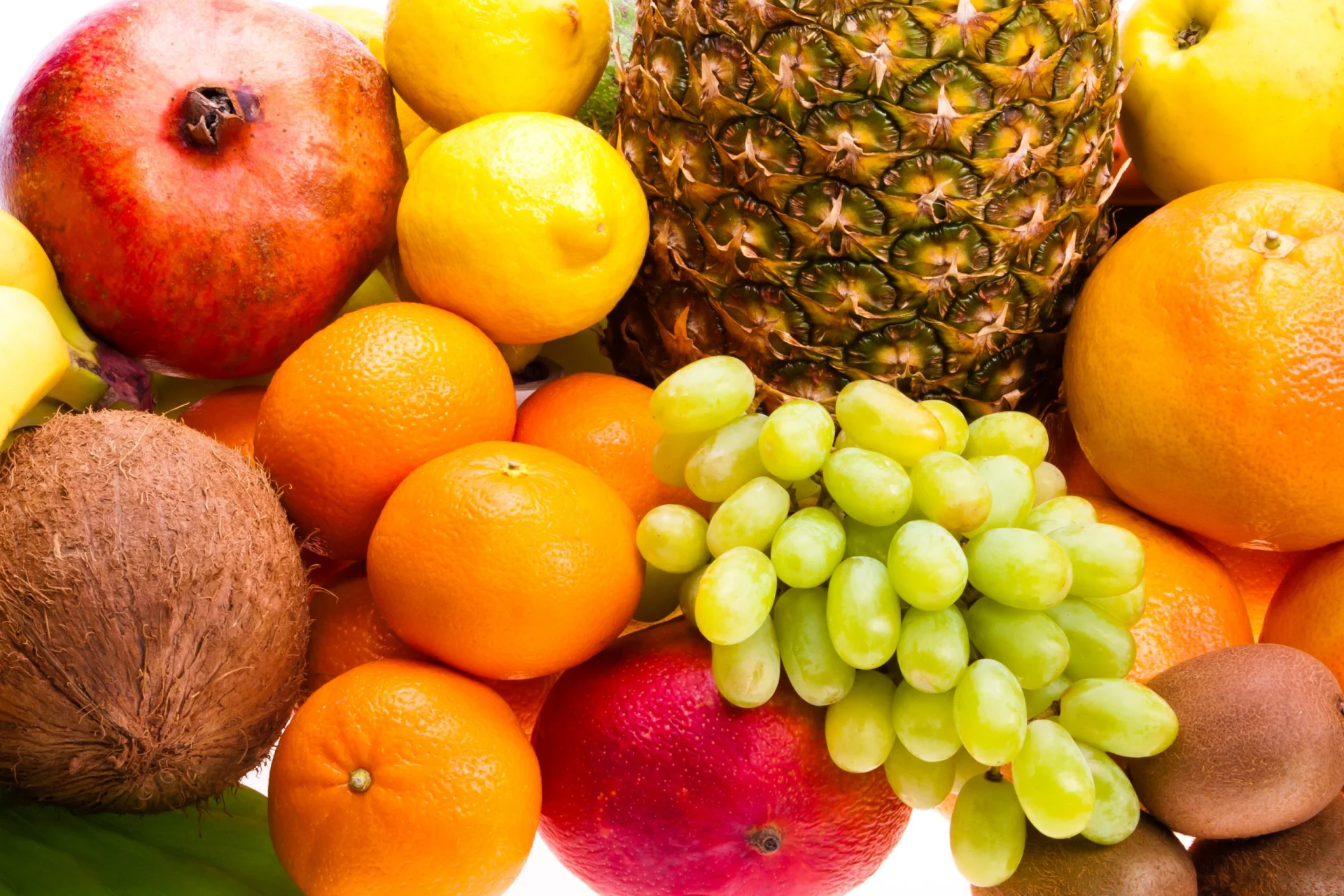
Below is the list and the percentage of produce on the market that has pesticide residue:
- Grapefruit; 97% pesticides
- Oranges; 96%
- Lemons and line; 91%
- Strawberries; 84%
- Pears; 84%
- Grapes; 75%
- Cherries; 72%
- Peaches; 72%
- Parsnips; 69%
- Asparagus; 66%
- Apples; 64%
- Apricots; 64%
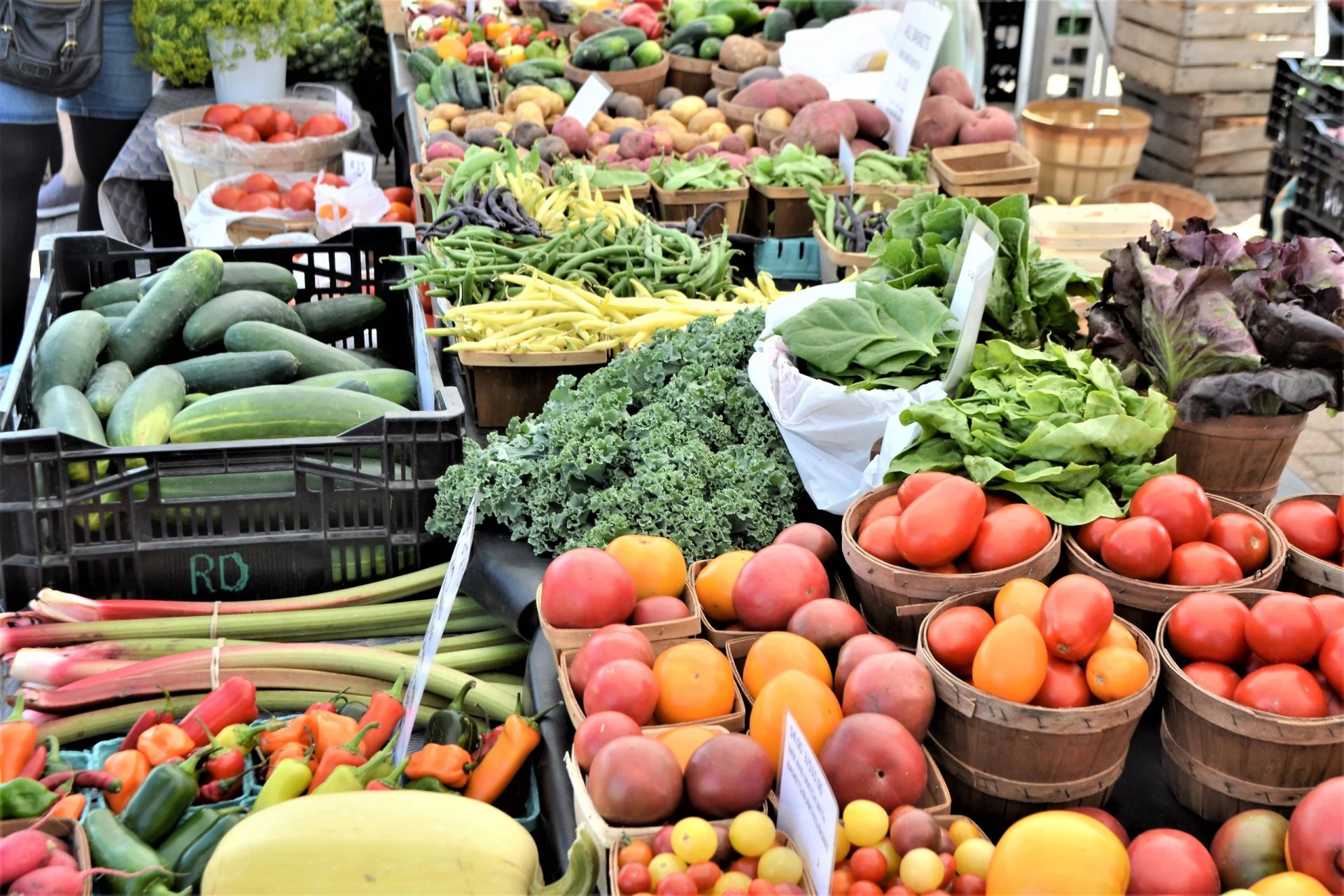
Below is a list of the Clean Fifteen, fruit and vegetables with 0% pesticide residue:
- Avocado
- Beetroots
- Broad beans
- Cauliflower
- Corn on the cob
- Figs
- Leeks
- Mushrooms
- Onions
- Pumpkin and Squash
- Raddish
- Rhubarb
- Swede
- Sweet Potatoes
- Turnip
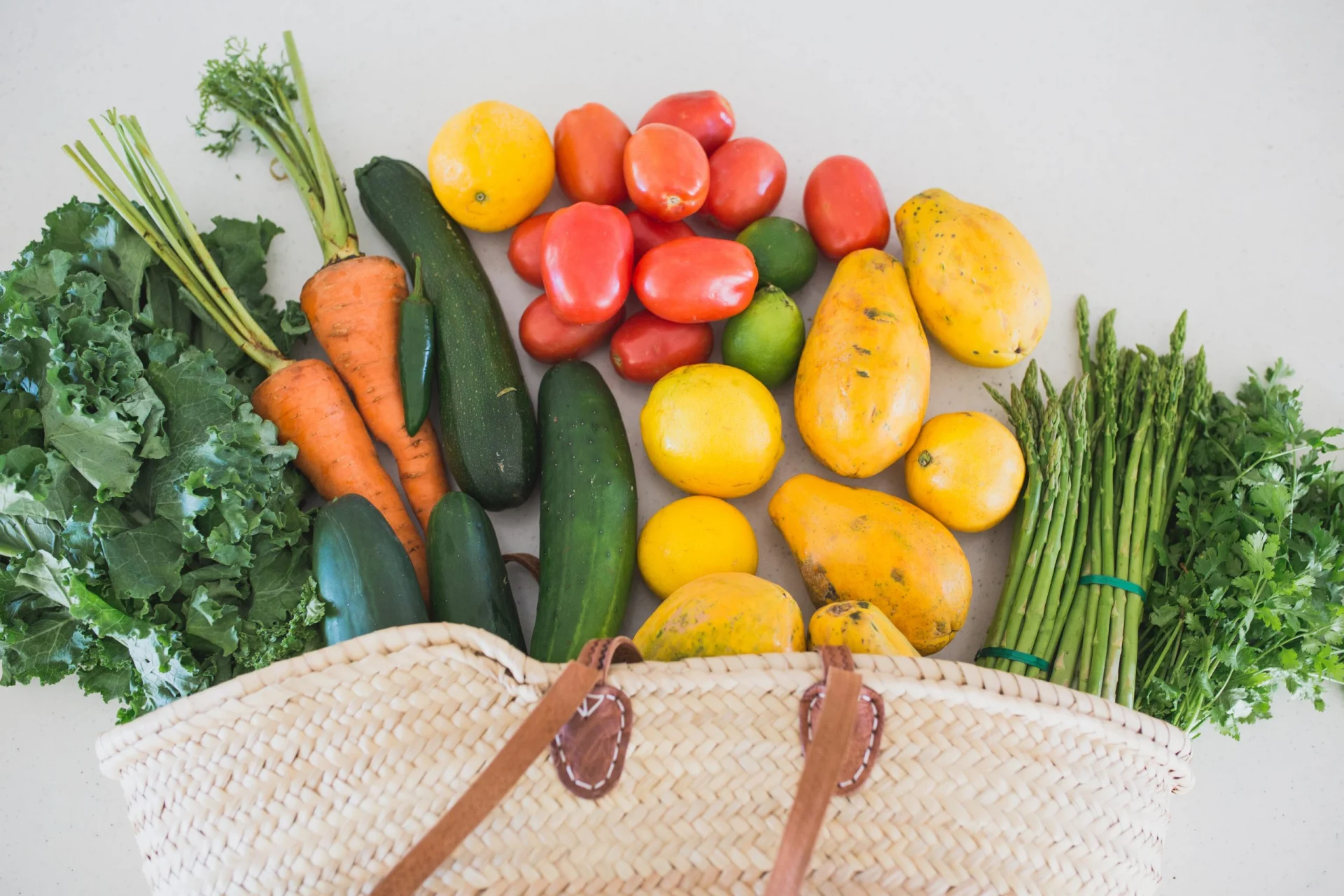
As pesticides are an increasing concern, more groups and individuals are pressuring their governments to push for more safer, cleaner alternatives. For those wishing to reduce their exposure to pesticides, the above lists are a good place to start. If you would like to keep abreast of latest changes and updates, check out https://www.pan-uk.org/ for more information.
Do you take any steps to ensure your food at home is ‘clean’? Let us know in the comments!







